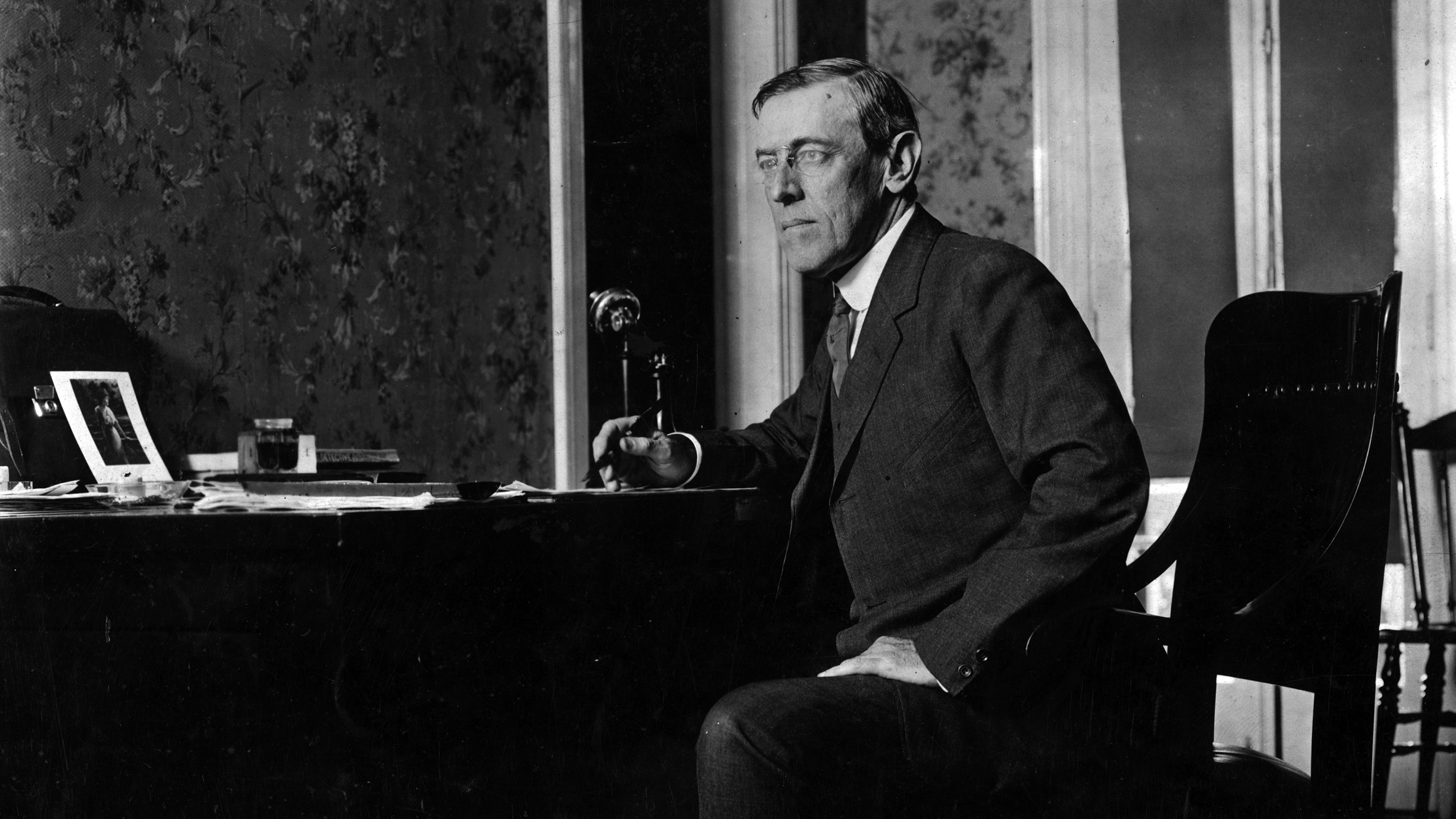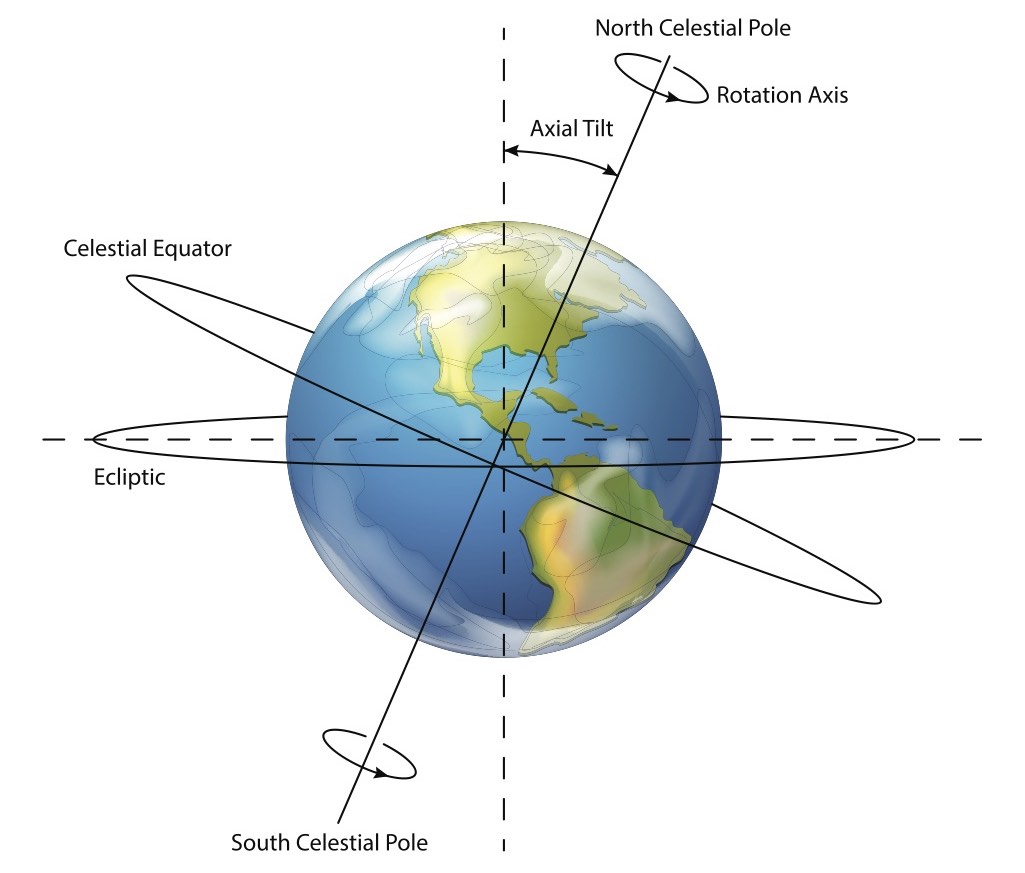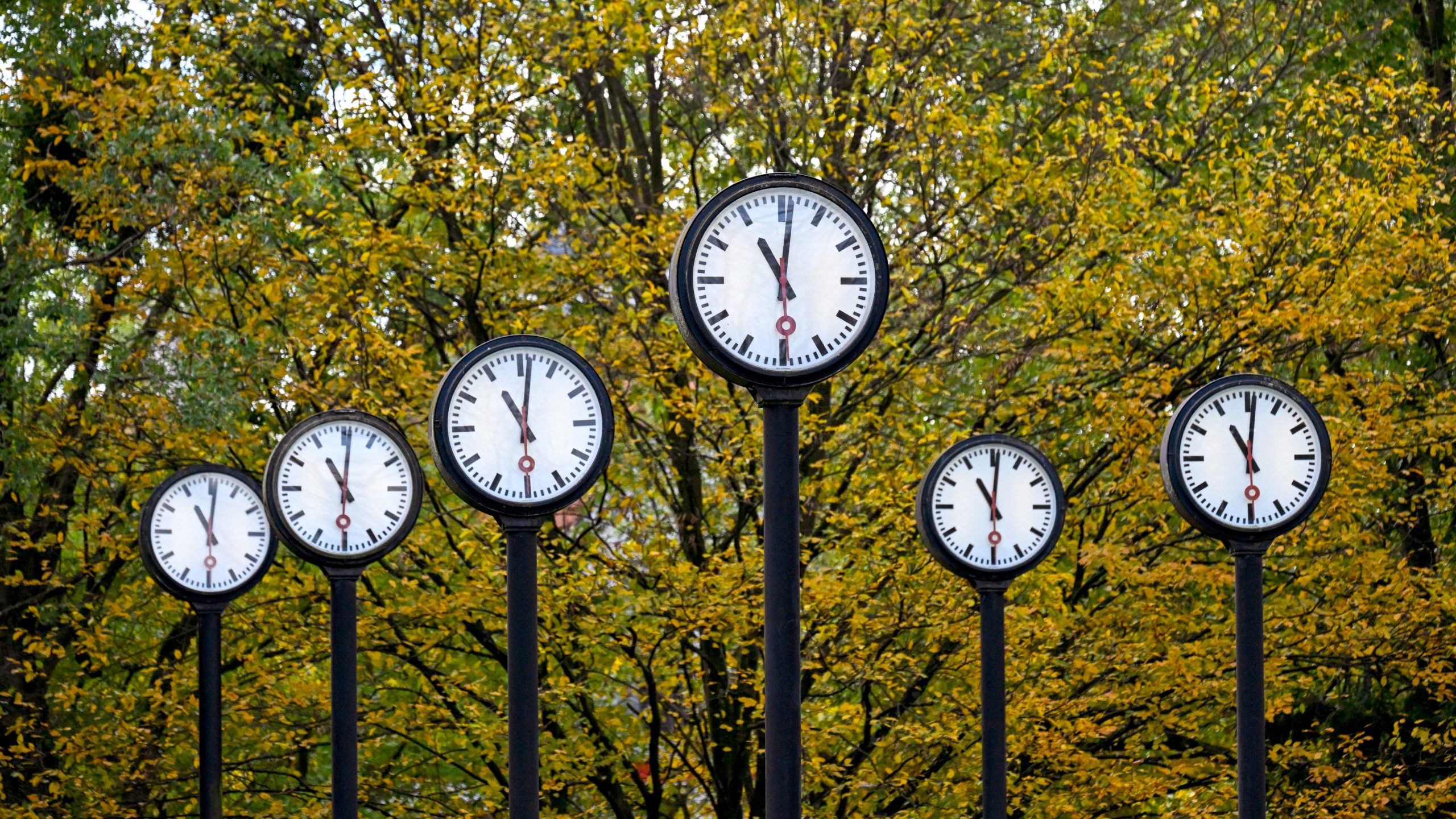The biannual clock adjustment is on the horizon as North America prepares to exit Daylight Saving Time (DST). On Sunday, November 2, 2025, residents across the U.S., Canada, and Mexico will “fall back,” moving their clocks back by one hour at 2:00 AM local time, effectively regaining an hour of sleep.
Meanwhile, Europe will conclude its observation of DST a week earlier. Most European nations, alongside the United Kingdom—where it is known as British Summer Time—will transition back to standard time on Sunday, October 26, 2025.
Looking ahead to the following year, the cycle will reverse. Daylight Saving Time is scheduled to recommence in the United States on Sunday, March 8, 2026, when clocks will spring forward by an hour. Europe and the U.K. will follow suit later that month, advancing their clocks on Sunday, March 29, 2026.
It’s worth noting that the correct terminology is “Daylight Saving Time,” not “Daylight Savings Time.”
The bi-annual shift of clocks each spring and fall extends a practice initially introduced during World War I.
This comprehensive guide offers an essential overview of Daylight Saving Time, detailing its annual start and end dates to ensure you’re always on schedule. Beyond the practicalities of adjusting your clocks, we delve into the intriguing history of this tradition, explore the reasons behind its current observance, and uncover a collection of fascinating myths and facts surrounding the biannual time change.
Historically, Daylight Saving Time (DST) has typically commenced in the summer months and concluded just before winter. However, the precise dates for these annual shifts have evolved over time, subject to various statutes enacted by the U.S. government, according to the U.S. Naval Observatory (USNO).
The annual shift to and from Daylight Saving Time (DST) follows a distinct calendar in the United States and across much of Europe.
In the U.S., the current system, established in 2007, mandates that DST begins on the second Sunday in March. On this day, at 2 a.m. local standard time, clocks “spring forward” an hour, instantly jumping to 3 a.m. local daylight time. The period then concludes on the first Sunday in November, when clocks “fall back” an hour at 2 a.m. local daylight time, reverting to 1 a.m. local standard time.
Most European nations observe a slightly different timeline for their equivalent of Daylight Saving Time, often referred to as Summer Time. There, the change commences on the final Sunday of March and concludes on the final Sunday of October.
The concept of adjusting clocks during the summer months to conserve energy is widely attributed to Benjamin Franklin. This innovative, if sometimes contentious, idea sought to maximize the use of natural daylight, a detail thoroughly explored by David Prerau in his book, “Seize the Daylight: The Curious and Contentious Story of Daylight Saving Time” (Thunder’s Mouth Press, 2005).
Franklin’s rationale was simple: by advancing the clocks, individuals could capitalize on the extended evening daylight, thereby reducing their reliance on artificial lighting and conserving energy. While serving as the American ambassador to Paris in 1784, Franklin humorously presented this idea in a witty letter to the Journal of Paris, playfully celebrating his “discovery” that the sun provides light immediately upon rising.
The official implementation of Daylight Saving Time, however, did not materialize until more than a century after its initial conceptualization. It was Germany that pioneered its adoption in May 1916, implementing the shift as a strategic measure to conserve vital fuel resources amidst World War I. This initiative quickly gained traction, with other European nations soon integrating the practice. Subsequently, the United States also formally embraced daylight saving in 1918.

Following World War I, President Woodrow Wilson advocated for the continuation of daylight saving time. However, his proposal met significant resistance, primarily from a largely rural populace and, specifically, farmers who objected to losing an hour of precious morning light. It is important to note that, contrary to a common misconception, daylight saving time was not initially instituted to benefit agricultural schedules.
Ultimately, these objections led to the abolition of daylight saving time after WWI. The practice remained dormant until the onset of World War II, when President Franklin Roosevelt reinstated it on February 9, 1942. This time, daylight saving was enacted year-round and officially dubbed “War Time,” reflecting its critical role during the national emergency.
The post-war era brought significant confusion to U.S. timekeeping, as individual states and even towns independently decided whether to implement Daylight Saving Time (DST). This fragmented, “free-for-all” system created a chaotic patchwork of time zones, often dubbed a “Wild West” of temporal rules.
To quell this widespread inconsistency, Congress intervened in 1966, enacting the Uniform Time Act. This federal law aimed to standardize DST observance. While states retained the autonomy to choose whether or not to adopt Daylight Saving Time, the Act mandated that any state opting to observe it must do so uniformly across its entire territory. Under this new protocol, Daylight Saving Time would consistently begin on the first Sunday of April and conclude on the last Sunday of October nationwide for participating states.
Effective in 2007, the Energy Policy Act of 2005 ushered in a longer Daylight Saving Time, extending its duration to the schedule we observe today.
While Daylight Saving Time (DST) might feel like a widespread practice, a significant majority of the world’s nations do not observe it. According to timeanddate.com, fewer than 40% of countries globally adjust their clocks for DST.
For those regions that do adopt the change, the primary motivation is to harness the extended natural daylight available during summer evenings. This strategic shift capitalizes on the Earth’s annual cycle, which sees days progressively lengthen as the planet transitions from winter into spring and summer. This culminates in the summer solstice, marking the longest day of the year. The scientific explanation for this extended daylight lies in Earth’s axial tilt; during its respective summer season, each hemisphere is angled more directly towards the sun as our planet revolves around its axis.
Here are a few options, maintaining a clear, journalistic tone:
**Option 1 (Concise and direct):**
“Expand your knowledge of the season by exploring the intricate science of summer.”
**Option 2 (Slightly more evocative):**
“Delve deeper into the fascinating scientific principles that govern the summer months.”
**Option 3 (Focus on discovery):**
“Uncover the unique scientific phenomena that define the summer season.”

Daylight Saving Time (DST) delivers its most significant advantages to regions at higher latitudes – those positioned further from the equator and nearer the Earth’s poles. This is because these areas naturally experience a far more dramatic swing in daylight hours across the changing seasons, amplifying the perceived benefits of the annual clock adjustment.
Research indicates that extending daylight into the evenings offers several tangible benefits, particularly for public safety and health. Studies suggest a direct correlation between more evening daylight hours and a notable decrease in traffic accidents. This reduction is primarily attributed to fewer vehicles operating on roads during the inherently riskier dark hours.
Beyond road safety, prolonged evening daylight also presents a significant opportunity for full-time workers to increase their physical activity levels. The additional light can serve as a catalyst, encouraging greater participation in outdoor exercise or simply more movement in general, thereby contributing positively to overall well-being.
Daylight Saving Time (DST) has consistently been justified by its purported ability to conserve energy. This practice was first introduced in the U.S. during World War I and again reinstituted during World War II, both times as strategic wartime efforts. Further underscoring this energy-saving objective, Congress even enacted a trial period of year-round DST in response to the 1973 Arab oil embargo, when Arab members of the Organization of Petroleum Exporting Countries (OPEC) ceased petroleum sales to the United States.
Contrary to popular belief, solid evidence supporting significant energy savings from daylight saving time remains scarce. Stanton Hadley, a now-retired senior researcher at Oak Ridge National Laboratory who helped author a congressional report on extended daylight saving, noted that while brighter evenings could theoretically reduce electric lighting use, this benefit has diminished considerably. He explained that lighting has become far more efficient over the past decades, thus representing a smaller fraction of total energy consumption. Instead, factors like heating and cooling likely have a greater impact, with some areas potentially experiencing an *increase* in air-conditioning demand during the longer, hotter evenings of summer daylight saving.
A recent report to Congress sheds new light on daylight saving time’s energy impact, revealing a complex picture. Research led by Hadley, published on September 30, 2020, found that the four weeks of extended daylight saving time implemented in the United States in 2007 did conserve a small amount of energy—roughly half a percent of what would have been consumed daily during that period. However, Hadley also cautioned that the cumulative effect of the entire months-long daylight saving stretch could, paradoxically, result in an overall increase in energy usage.
Research has cast doubt on Daylight Saving Time’s ability to reduce energy consumption.
A 1998 study conducted in Indiana revealed a slight increase in residential energy usage after Daylight Saving Time was implemented in certain counties. Further supporting these findings, a 2007 analysis concluded that temporary adjustments to Australia’s Daylight Saving schedule for the 2000 Summer Olympics also failed to yield any energy savings.
Accurately gauging daylight saving time’s (DST) impact on energy consumption is a significant challenge, primarily due to the infrequent changes in policy. This scarcity of widespread modifications makes robust “before-and-after” comparative studies particularly difficult, as noted by Hadley in a discussion with Live Science. For instance, the nationwide extension of DST in 2007 offered only a brief, few-week window for such comparisons. Similarly, other policy alterations, like those implemented in Indiana and parts of Australia, were geographically confined, further limiting their utility for comprehensive analysis.
Hadley ultimately argued that the purported energy-saving benefits likely aren’t the genuine driving force behind the United States’ continued observance of Daylight Saving Time.
He clarified that energy conservation is not the primary motivation; rather, the true impetus lies in the public’s desire to make the most of extended daylight during evening hours.
Daylight Saving Time (DST) adherence largely unifies the United States and Canada, with most regions synchronizing their clock adjustments. However, notable exceptions exist within the U.S. Hawaii and Arizona are the two states that opt out of observing DST. Interestingly, an exception within an exception occurs in Arizona: the Navajo Nation, located in the state’s northeastern reaches, *does* observe Daylight Saving Time, a detail confirmed by NASA. Globally, the United Kingdom is also among the nations that participate in Daylight Saving Time.
The national debate over timekeeping practices continues to generate significant legislative activity at the state level, often with divergent goals. According to the National Conference of State Legislatures, state legislatures have historically considered over 450 bills aimed at establishing year-round Daylight Saving Time. Conversely, as of 2022, nearly two dozen states had introduced their own legislation seeking to permanently adopt standard time, thereby eliminating the twice-yearly clock change altogether.
However, states lack the independent authority to enact such sweeping changes. Any permanent shift to either Daylight Saving Time or standard time would necessitate an amendment by the U.S. Congress to the existing Uniform Time Act (15 U.S.C. s. 260a), a crucial federal requirement highlighted by The New York Times.
While most of Canada — nine of its ten provinces, in fact — observes Daylight Saving Time, a mosaic of regions across the country maintains a consistent standard time throughout the year.
Specific communities in British Columbia, including Chetwynd, Creston, Dawson Creek, Fort Nelson, and Fort St. John, do not adjust their clocks seasonally. Similarly, the bulk of Saskatchewan remains on standard time year-round, with Creighton and Denare Beach being the only exceptions that observe Daylight Saving Time. Further areas opting out of the biannual time change include parts of northwest Ontario and eastern Quebec.
In a distinct move, Yukon implemented permanent Daylight Saving Time in 2020, meaning the territory now operates consistently on its summer schedule without the seasonal shifts.
Across much of Europe, Daylight Saving Time (DST) is currently in effect. This annual time adjustment began at 1 a.m. GMT on the final Sunday of March, when clocks were advanced forward. The continent is scheduled to revert to standard time on Sunday, October 26, 2025, marking the conclusion of the DST period.
Across the European continent, Daylight Saving Time (DST) is a widely observed practice, with most nations adjusting their clocks annually. However, three countries notably deviate from this pattern: Russia, Iceland, and Belarus, according to data compiled by timeanddate.com. Within the United Kingdom, this seasonal time shift carries its own distinct designation, known as British Summer Time (BST).
Across numerous European countries, Daylight Saving Time (DST) is implemented with distinct regional designations and a synchronized start time.
In nations such as Austria, France, Germany, Italy, Hungary, Norway, Poland, Spain, and Switzerland, the period is officially known as Central European Summer Time (CEST). For these countries, the annual shift to DST commences at 2 a.m. local time, when clocks are advanced by one hour to 3 a.m.
An identical 2 a.m. time change also takes effect in Bulgaria, Estonia, Finland, Greece, Latvia, Lithuania, and Romania. These nations refer to their Daylight Saving Time as Eastern European Summer Time (EEST).
**Brussels Considers Ending Bi-Annual Clock Changes as Public Opinion Rises Against Daylight Saving**
As summer approaches, Ireland observes Daylight Saving Time (DST) under the designation Irish Standard Time (IST), where clocks advance an hour from 1 a.m. to 2 a.m. This practice, involving the same one-hour shift, is also adopted by the Canary Islands, the Faroe Islands, and Portugal, though these regions refer to their DST as Western European Summer Time (WEST).
However, a significant shift may be on the horizon for the entire European Union. The bloc is reportedly considering a proposal to abolish the bi-annual clock changes altogether. This potential move is fueled by overwhelming public sentiment, as a recent Wall Street Journal report indicated that an impressive 84% of 4.6 million respondents in a public poll expressed a desire to eliminate the practice.
Should EU lawmakers and member states reach an agreement on the matter, individual countries within the Union would then have the autonomy to decide whether to permanently remain on summer or winter time, according to the Wall Street Journal. This potential change could mark the end of a long-standing tradition of adjusting clocks twice a year across much of Europe.

In the Southern Hemisphere, nations observing Daylight Saving Time (DST) implement a seasonal adjustment to their clocks. Countries such as Australia, New Zealand, those in South America, and across southern Africa typically advance their clocks by one hour between September and November. They then revert to standard time during the March-April timeframe, marking the end of their DST period.
Despite its colossal size as the world’s sixth-largest nation, Australia’s approach to Daylight Saving Time (DST) is far from unified. The practice sees a clear divide across the continent: New South Wales, Victoria, South Australia, Tasmania, and the Australian Capital Territory all observe DST.
However, Queensland, the Northern Territory, and Western Australia notably forgo the clock change, a distinction confirmed by the Australian government. For those regions that do participate, DST recently concluded on the first Sunday in April—specifically, April 6, 2025. The clocks will spring forward once more when DST recommences on Sunday, October 5, 2025.
For educators and students seeking resources on Daylight Saving Time, Teacher Planet offers a wealth of worksheets and lesson ideas. To explore the historical context in depth, The History Channel provides a comprehensive one-hour video documentary on its origins. Additionally, a compelling feature in Smithsonian Magazine details a unique period when the United States observed year-round Daylight Saving Time.
Committed to maintaining the utmost accuracy and relevance, this report undergoes a semi-annual review. Its most recent comprehensive update was completed on October 24, 2025.







